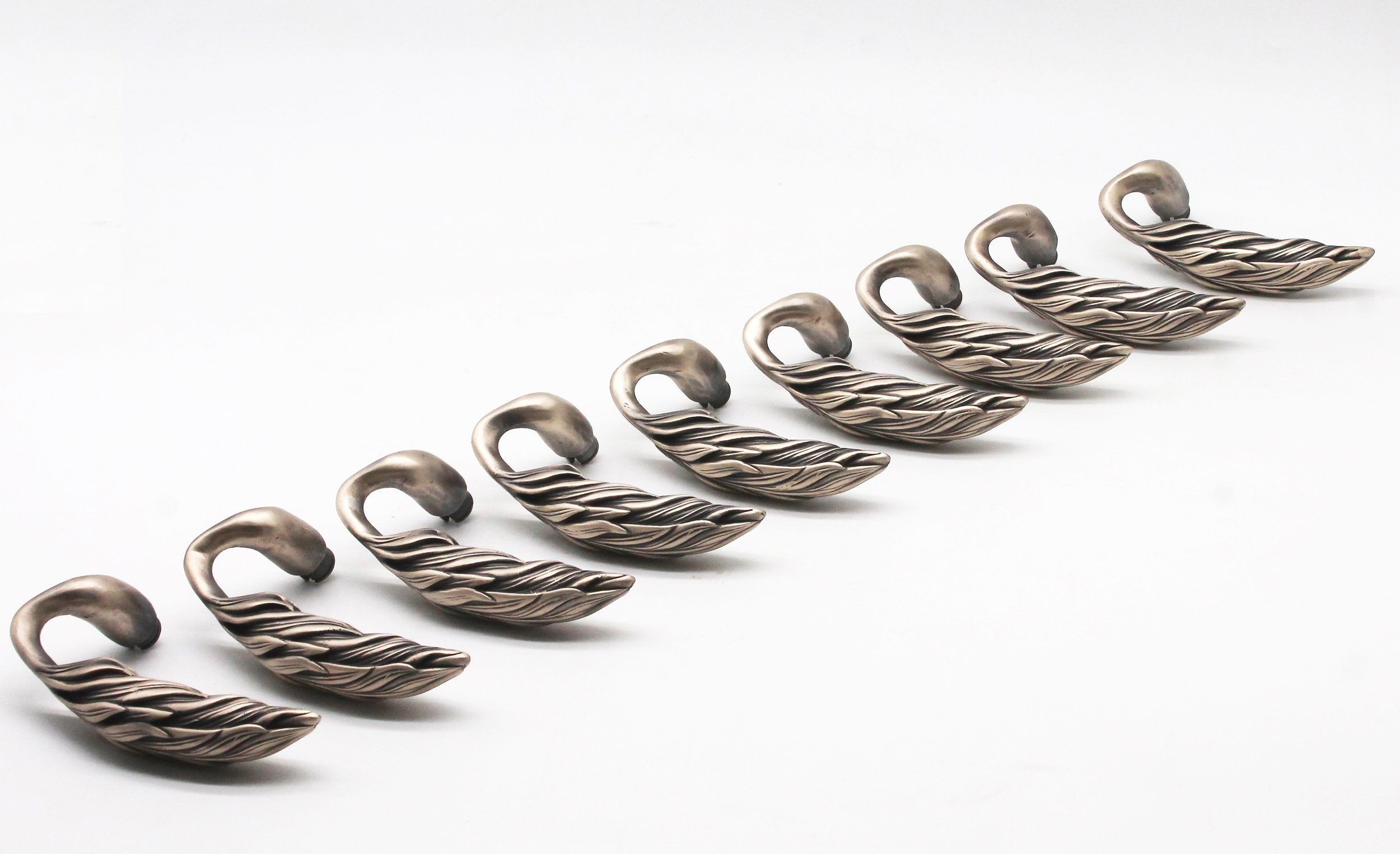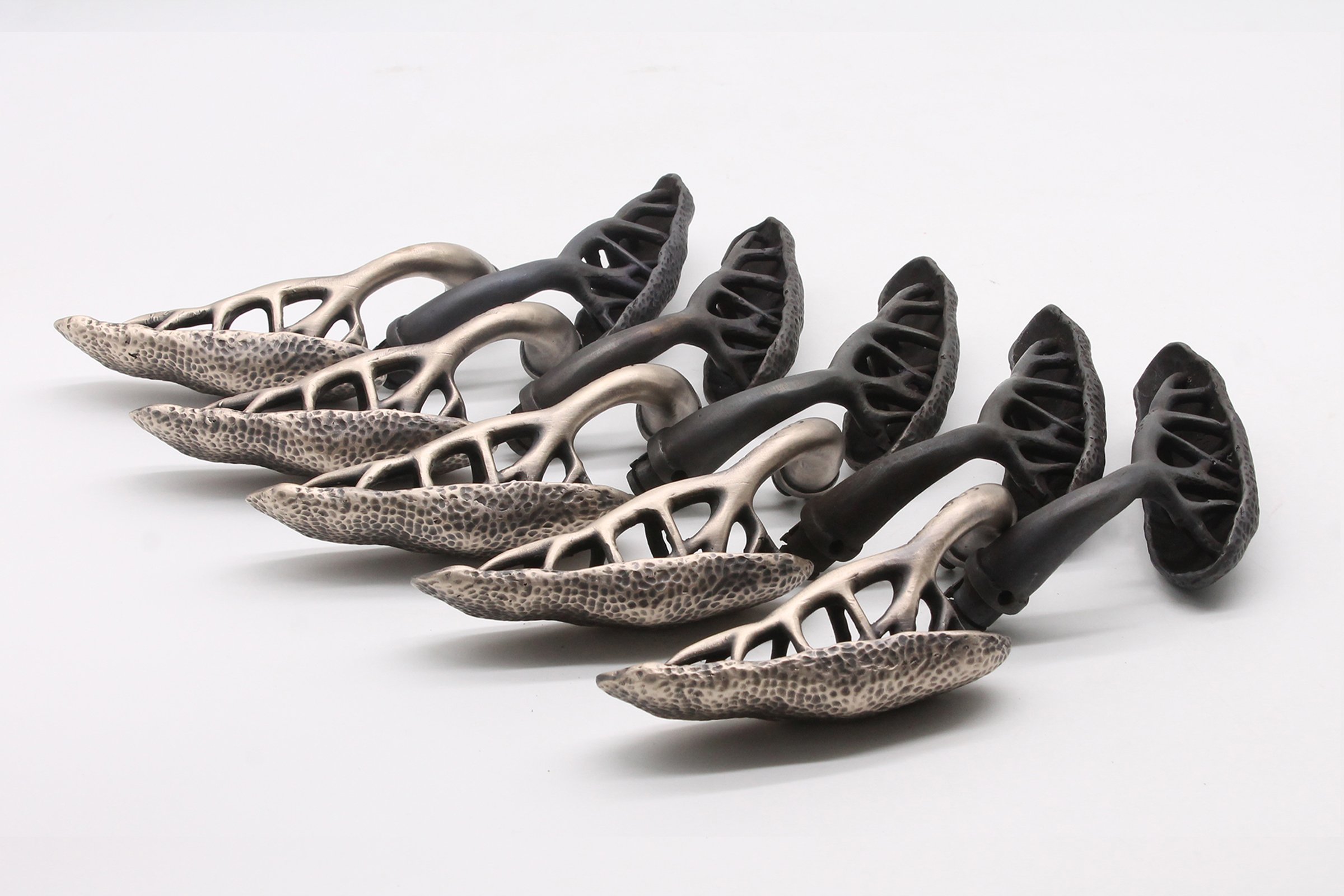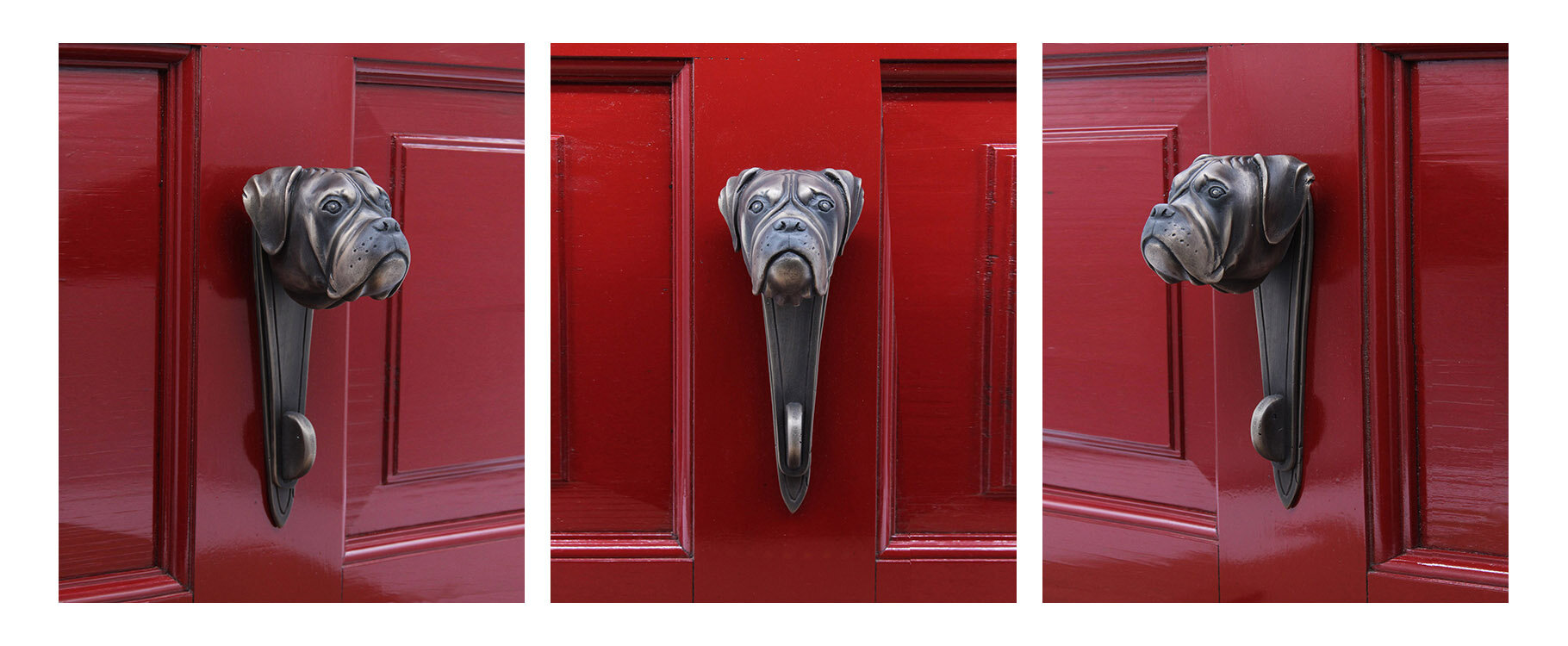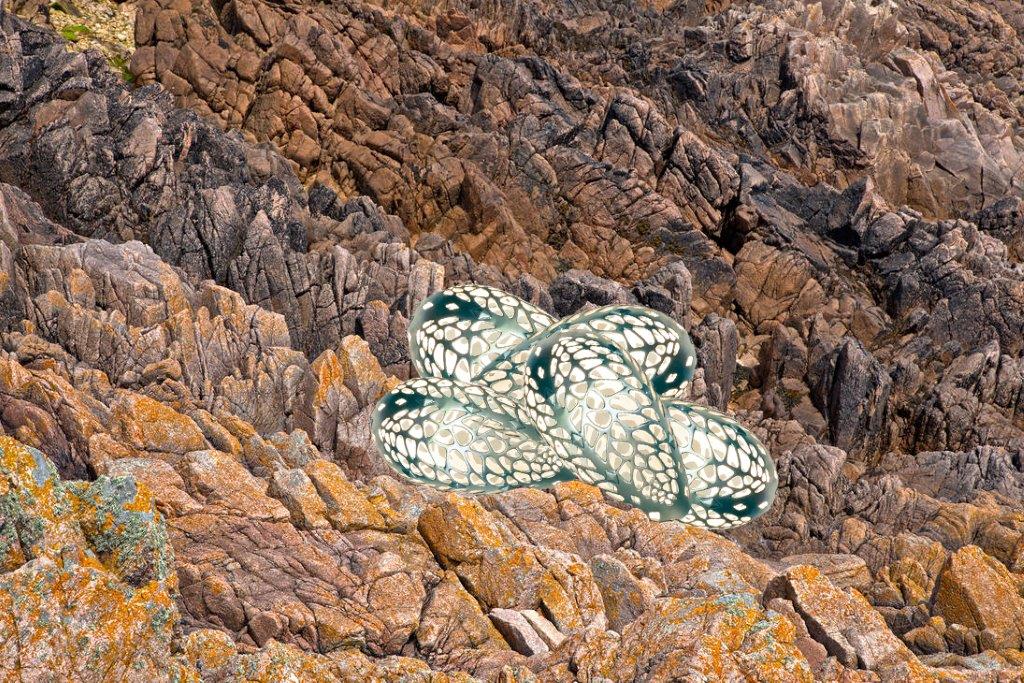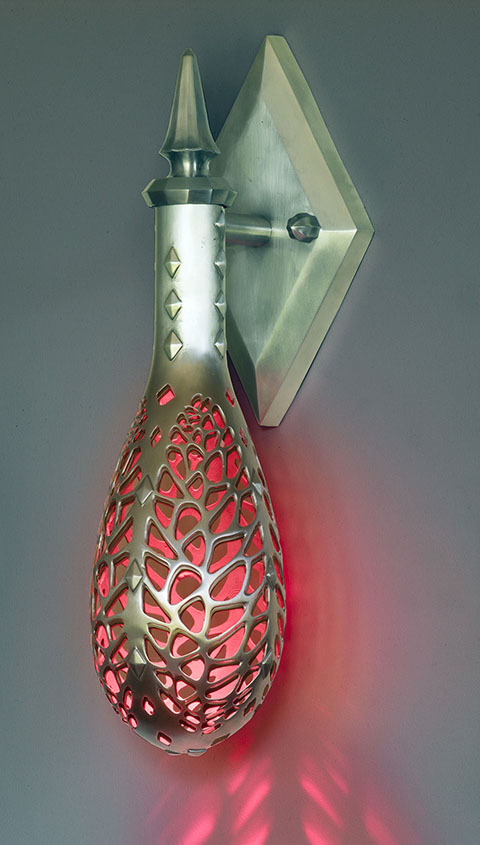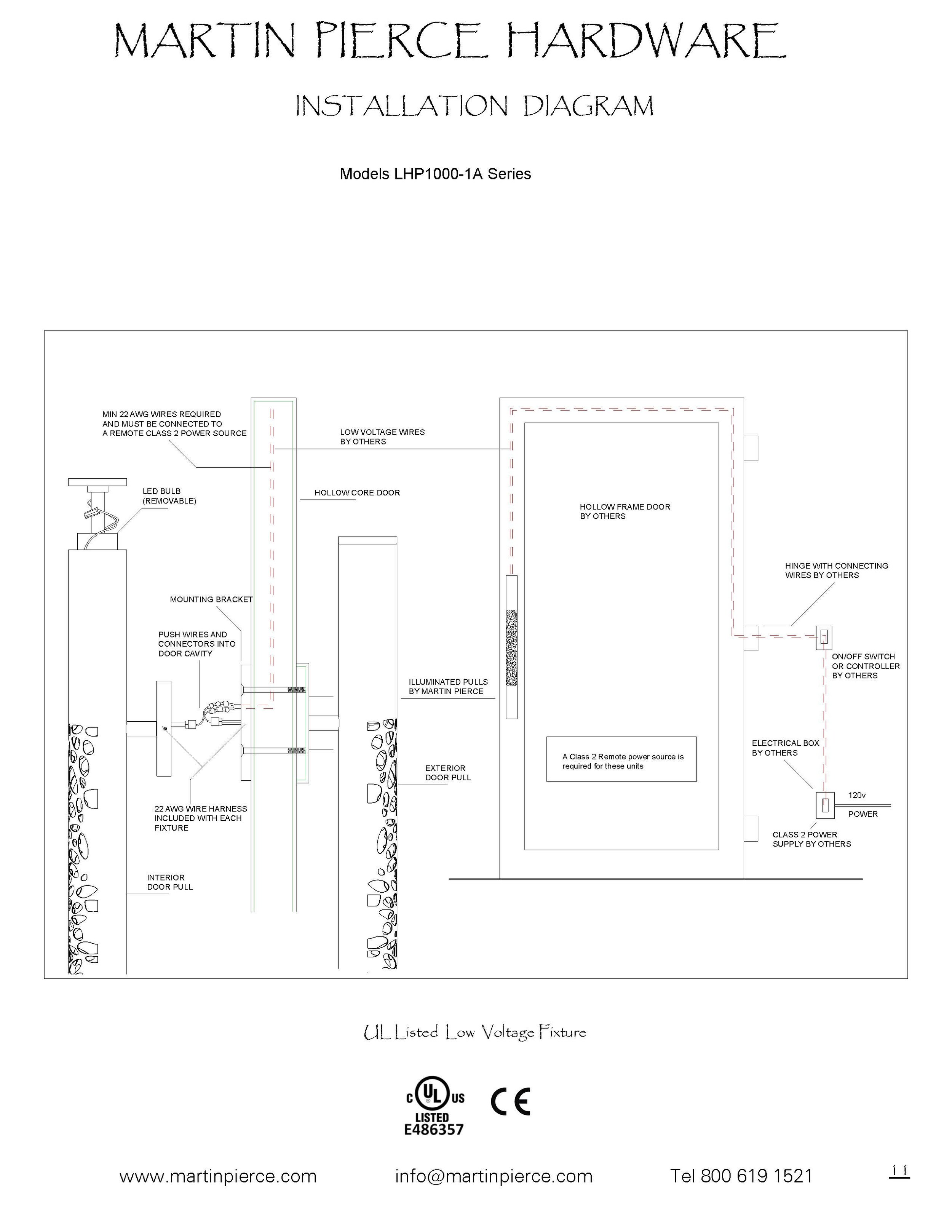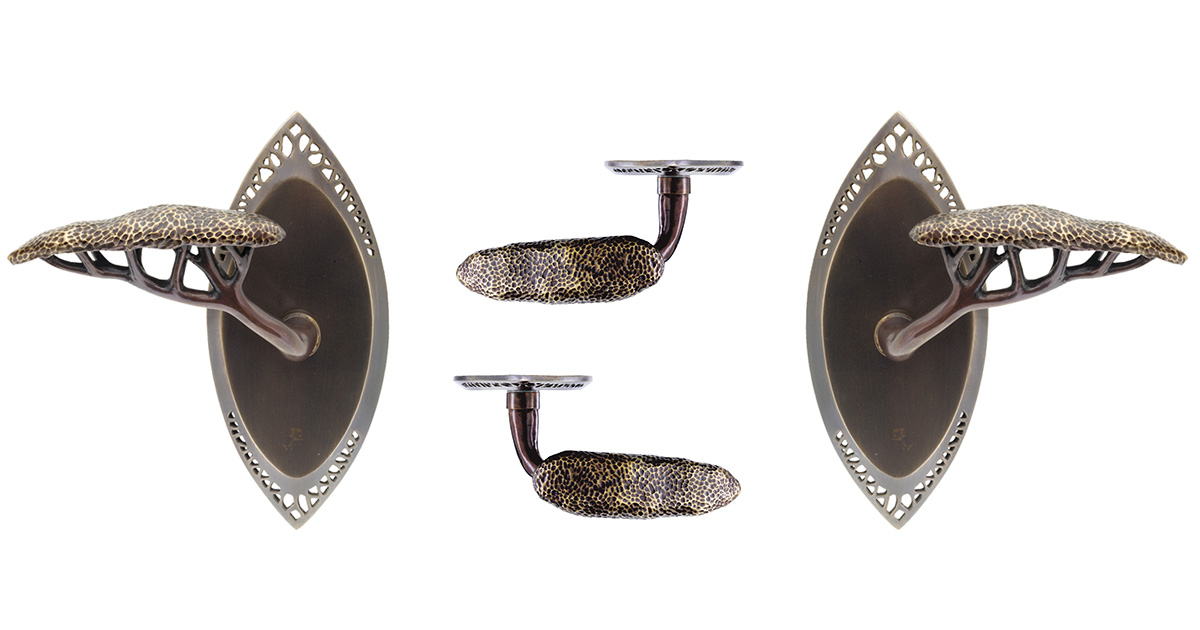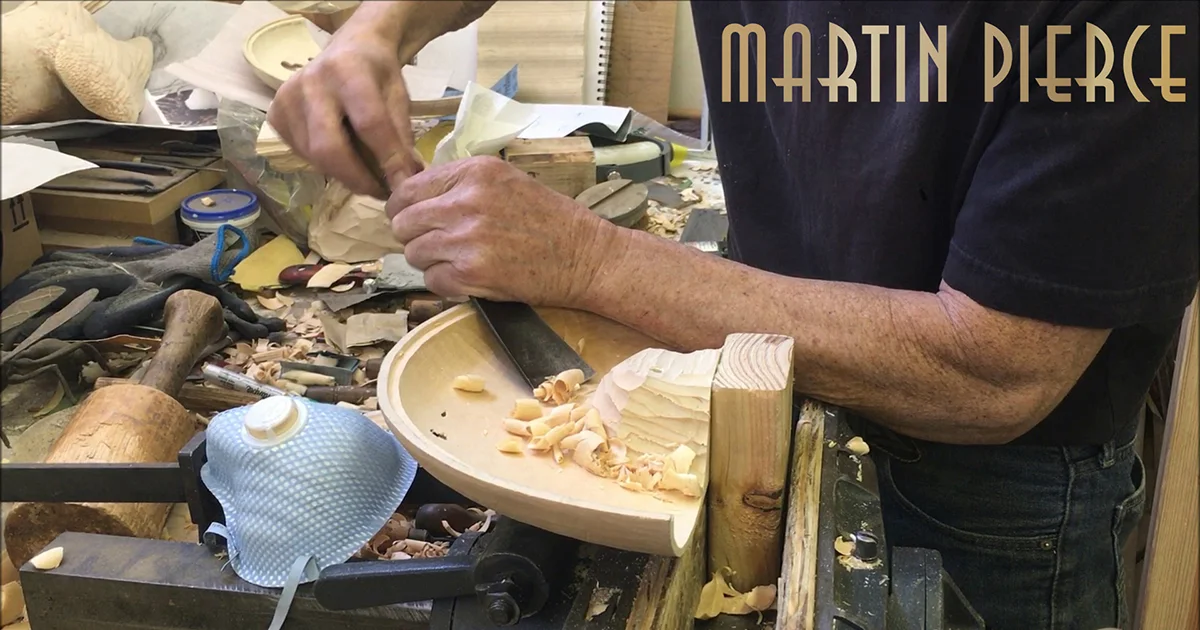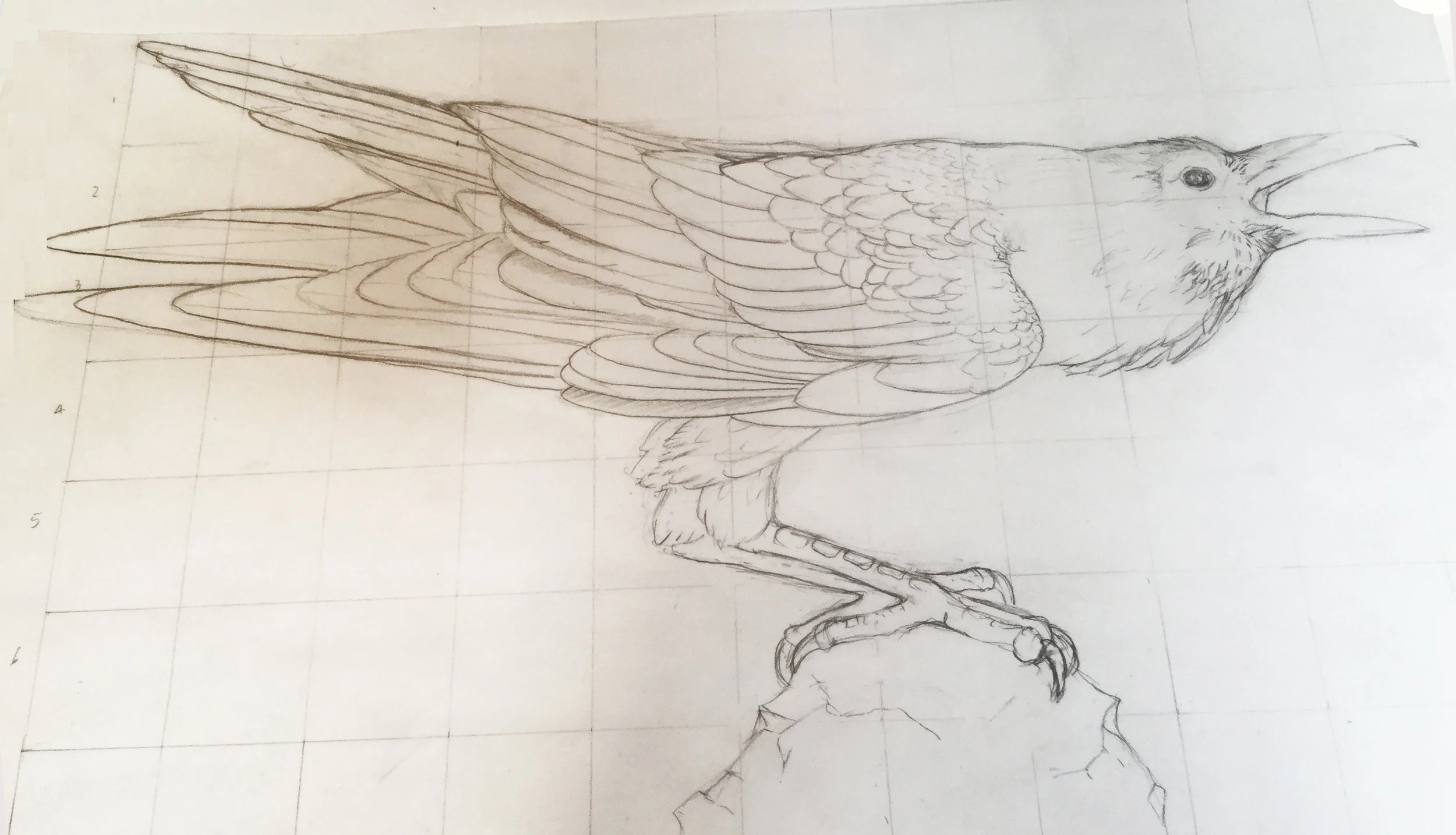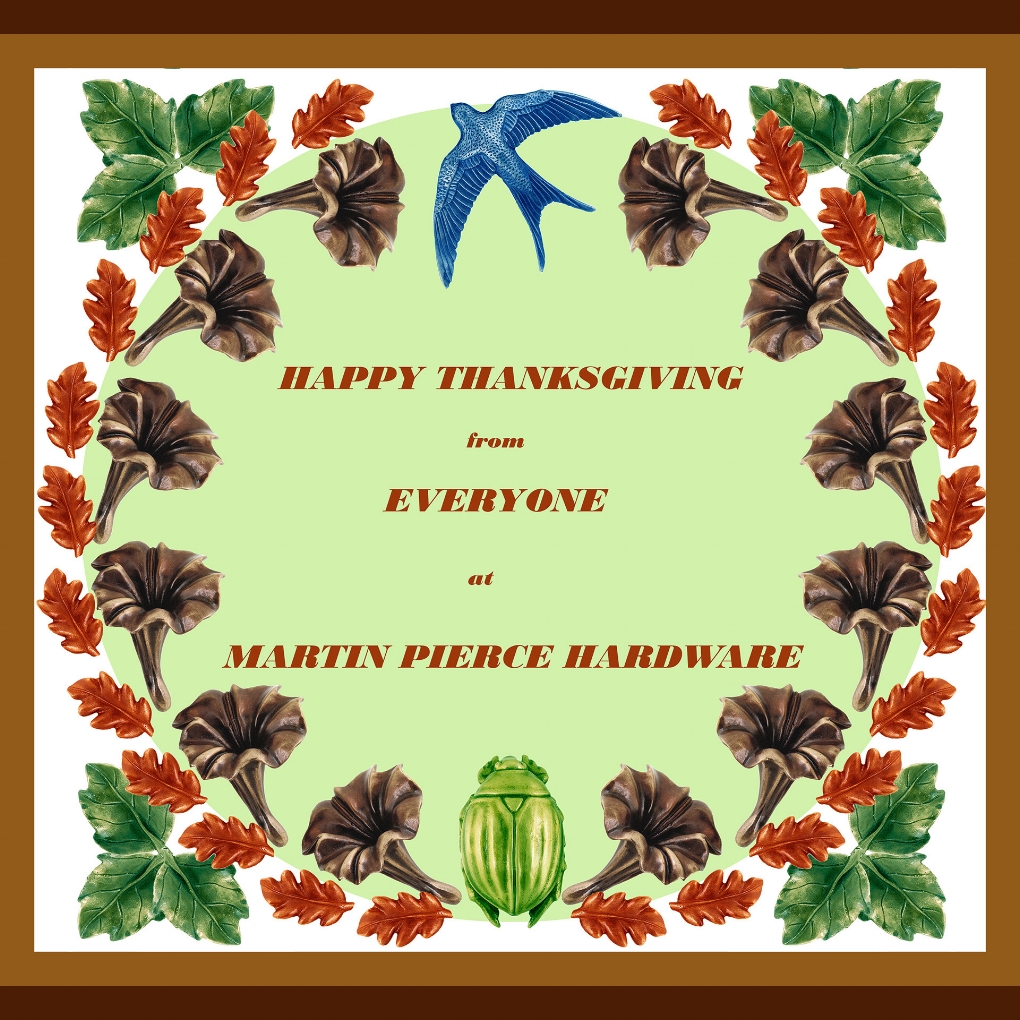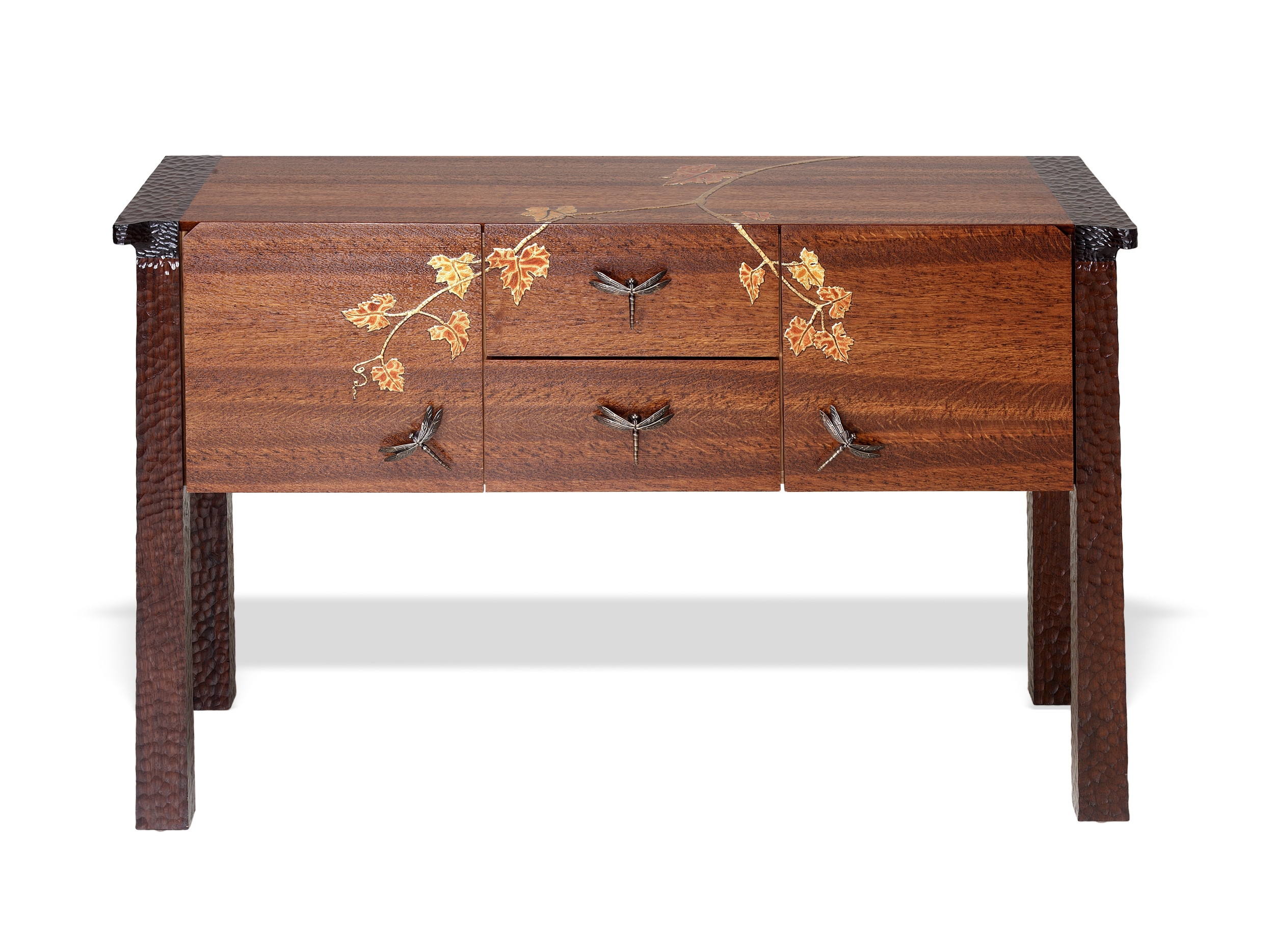Patina Artistry
In the course of the working week as I pass through the small studio here at Martin Pierce, I am often captivated by the workmanship of our patina artists. The assembly of like pieces that I see are images I wanted to capture as they are both very beautiful and can be captured in our small photo light box.
We started photographing our work as a way of keeping a diary of the different projects and new developments and with the help of a professional photographer learned some of the basic techniques of how best to shoot our work. Our photographs are taken with a Canon EOS Rebel T3 with a zoom lens inside a 5-sided white light box using rows of small LED lights for an evenly dispersed downward light beam. The light box is housed inside a small dark room with almost no natural light. For stability the camera is placed on a small tripod. The camera is not state of the art and an equally good photograph could be created using a mobile device but what is critical is the light box and even distribution of light.
The willow friends shown above are being prepared for a new home in northern California and they are part of the handles we are making for 11 pairs of double doors that will be locked with an Anderson multi-point system. The Hedgerow and Willow collections were specified for the doors and the cabinet pull selections have been from the orchid and beetle and willow collections. In subsequent posts I will detail how we created 2 custom turn pieces to work with the Anderson lock.

